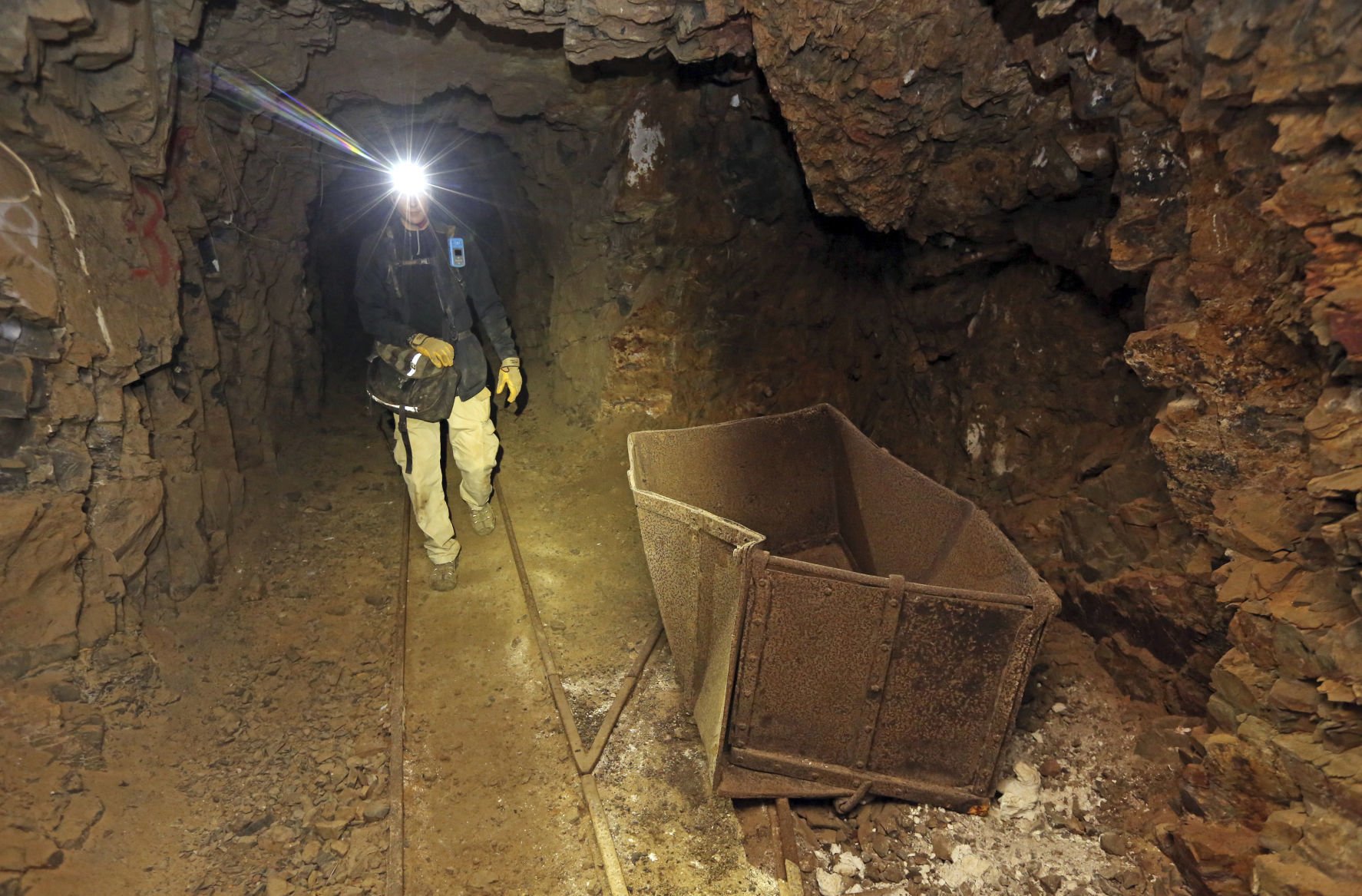
Americans were not far behind, as thousands made their way west in the name of manifest destiny, chasing rumors of gold and silver strikes in the mountains and deserts. Starting in the late 1500s, the Spanish were extracting metals from mines in Mexico ( Studnicki-Gizbert 2017). Industrial mining has been part of land use in the West for as long as there have been Europeans and Americans on the continent.

In order to better understand what the future holds for mining on Colt Mesa and other sites, it is important to review these three factors. In addition to these two historic issues, global climate change presents some unique challenges to the mining industry. Historically, policy and political issues regarding mining can be grouped into two broad categories: (1) under what terms public land be used for mining and (2) identification of threats to the environment caused by mining and subsequent development of legislation that mitigates those threats. These opening salvos regarding land use in what was formally federally protected land is only the latest in the long and complicated history that the government of the United States has had with mining, especially in the West. Stakeholders on all sides of the mining debate (the federal government and the mining industry and miners on one side and “environmentalists” of every stripe on the other) believe that precedent and law support their cases. 1 The debate regarding federal land-use policy is a spirited one. 2018) in what was until recently officially considered by the federal government to have significant ecologic, geologic, paleontologic, archaeologic, and cultural value. Unsurprisingly, several organizations have spoken out publicly about the plan to mine ( Cramer 2018 Greenberg 2018 Sybert et al. This developing story suggests that in the early years of the Donald Trump presidency, the priority pendulum of the federal government concerning public lands is seemingly swinging away from preservation and conservation toward land use, specifically extraction of natural resources. Again, these underground mining methods are often determined by the deposits and the economics of mining and are, thus, somewhat out of the operator’s control.As the summer of 2018 began, several media outlets reported that Canadian mining company Glacier Lake Resources, Inc., was set to conduct exploratory mining in Utah for several different metals on Colt Mesa, land that was once part of Grand Staircase–Escalante National Monument. Of these methods, stoping not only is the most common but also delivers the highest overall production share, at almost 50 percent block caving is one of the least-used methods but is responsible for an outsize share of overall production, at almost 25 percent (Exhibit 1). But given the inherent complexity in underground mining, we frequently uncover improvement opportunities in both productivity and cost. Because the choice of which underground method to deploy is predominantly driven by the geology of the deposit being mined, the operator has little flexibility in choosing the mining method given that the objective is to maximize net asset value over the life of the mine. Underground mines also tend to be more targeted, more costly, and less productive than open-pit mines. In this article underground mining refers to underground hard-rock mining thus, underground soft-rock mining, such as coal, is excluded. 1 Run of mine is ore that is mined and crushed.

Underground hard-rock mining accounts for 40 percent of global mining operations but only 12 percent of run-of-mine (ROM) production.


 0 kommentar(er)
0 kommentar(er)
